Tourism in the Philippines offers a vibrant tapestry of experiences, from bustling city life to serene natural landscapes, and SIXT.VN is here to guide you through it all. We provide seamless travel solutions that cater to your unique preferences and ensure an unforgettable journey, offering everything from convenient airport transfers to curated tours. Discover the allure of this Southeast Asian gem and unlock its hidden treasures with us, exploring Filipino culture and creating lasting memories.
1. What Makes Tourism in the Philippines Unique?
Tourism in the Philippines stands out due to its incredible diversity of landscapes, cultures, and experiences. From pristine beaches and vibrant coral reefs to historical sites and bustling urban centers, the Philippines offers something for every traveler. According to the Philippine Statistics Authority, tourism contributed significantly to the country’s GDP, showcasing its importance to the national economy. What sets the Philippines apart is the warmth and hospitality of its people, the unique blend of Asian and Western cultures, and the sheer variety of attractions packed into one archipelago.
- Island Hopping Adventures: The Philippines boasts over 7,000 islands, each with its own distinct character and charm. Island hopping tours are a must, allowing you to explore hidden lagoons, snorkel in crystal-clear waters, and relax on white-sand beaches.
- Cultural Immersion: The Philippines has a rich history influenced by Spanish, American, and indigenous cultures. Visiting historical sites like Intramuros in Manila or Vigan City offers a glimpse into the country’s colonial past.
- Natural Wonders: From the Chocolate Hills of Bohol to the Underground River of Puerto Princesa, the Philippines is home to numerous natural wonders that will leave you in awe.
- Adventure Activities: Whether it’s surfing in Siargao, diving in Tubbataha Reefs Natural Park, or hiking Mount Apo, the Philippines offers plenty of opportunities for adventure seekers.
- Warm Filipino Hospitality: Filipinos are known for their hospitality and friendly nature, making visitors feel welcome and at home.
2. What Are the Top Tourist Destinations in the Philippines?
The Philippines is brimming with must-see destinations, each offering a unique slice of Filipino charm and adventure. The most popular tourist spots include:
- Boracay: Famous for its powdery white sand beaches and vibrant nightlife, Boracay is a tropical paradise perfect for relaxation and partying.
- Palawan: Home to the stunning El Nido and the Puerto Princesa Underground River, Palawan is a haven for nature lovers and adventure seekers.
- Cebu: Known as the “Queen City of the South,” Cebu offers a mix of historical sites, beautiful beaches, and bustling city life.
- Manila: The capital city, Manila, is a vibrant metropolis with a rich history, diverse culture, and thriving culinary scene.
- Bohol: Famous for the Chocolate Hills and tarsiers, Bohol is a charming island with plenty of natural wonders and cultural attractions.
- Siargao: Known as the “Surfing Capital of the Philippines,” Siargao is a paradise for surfers and beach lovers.
3. How Can I Plan an Itinerary for the Philippines?
Planning an itinerary for the Philippines requires some thought, given the archipelago’s vastness and the diversity of attractions. Here’s a step-by-step guide to help you create the perfect Philippine adventure:
- Determine Your Interests: Are you interested in beaches, history, adventure, or culture? Identifying your priorities will help you narrow down your destinations.
- Set a Budget: The Philippines offers options for every budget, from budget-friendly hostels to luxury resorts. Set a realistic budget to guide your choices.
- Choose Your Destinations: Based on your interests and budget, select the destinations you want to visit. Popular options include Boracay, Palawan, Cebu, and Manila.
- Decide on the Duration: How long will you be traveling? The longer you stay, the more you can explore. A two-week trip is ideal for visiting multiple islands.
- Book Flights and Accommodations: Book your flights and accommodations in advance, especially during peak season.
- Plan Your Activities: Research and plan your activities in each destination. Consider tours, excursions, and cultural experiences.
- Consider Transportation: Decide how you will travel between islands. Options include flights, ferries, and buses.
- Pack Appropriately: Pack light, comfortable clothing, swimwear, sunscreen, and insect repellent.
- Stay Connected: Purchase a local SIM card to stay connected and access maps, transportation, and translation apps.
- Be Flexible: Be prepared to adjust your itinerary as needed. Unexpected events can happen, so stay flexible and embrace the adventure.
Sample Itinerary:
- Days 1-3: Manila Explore Intramuros, visit museums, and sample local cuisine.
- Days 4-7: Palawan Discover El Nido’s lagoons and beaches, and explore the Puerto Princesa Underground River.
- Days 8-11: Boracay Relax on White Beach, enjoy water sports, and experience the nightlife.
- Days 12-14: Cebu Visit historical sites, go canyoneering at Kawasan Falls, and explore the city.
4. What Types of Accommodation Are Available in the Philippines?
The Philippines offers a wide range of accommodation options to suit every budget and preference. From budget-friendly hostels to luxurious resorts, you’ll find the perfect place to rest your head.
| Accommodation Type | Description | Price Range | Amenities |
|---|---|---|---|
| Hostels | Budget-friendly options with dormitory-style rooms. | $10-30 per night | Shared bathrooms, common areas, and sometimes free breakfast. |
| Guesthouses | Small, family-run establishments offering basic but comfortable rooms. | $20-50 per night | Private bathrooms, air conditioning, and often included breakfast. |
| Budget Hotels | Affordable hotels with essential amenities. | $30-70 per night | Private bathrooms, air conditioning, and sometimes a restaurant. |
| Mid-Range Hotels | Comfortable hotels with additional amenities and services. | $70-150 per night | Swimming pool, restaurant, fitness center, and room service. |
| Luxury Hotels | High-end hotels offering top-notch amenities and services. | $150+ per night | Multiple restaurants, spa, swimming pool, fitness center, and concierge services. |
| Resorts | Accommodation located in prime tourist spots like beaches. | $150+ per night | Multiple restaurants, spa, swimming pool, fitness center, and concierge services. |
| Vacation Rentals | Apartments, condos, or houses available for short-term rental. | Varies | Kitchen, laundry facilities, and more space than a hotel room. |
5. What Are the Best Activities and Tours in the Philippines?
The Philippines is a playground for adventure seekers and culture enthusiasts alike. Here are some of the best activities and tours to experience:
- Island Hopping: Explore the hidden lagoons and beaches of El Nido, Coron, and Boracay.
- Diving and Snorkeling: Discover the vibrant coral reefs and marine life in Tubbataha Reefs Natural Park, Apo Island, and Malapascua.
- Surfing: Ride the waves in Siargao, La Union, and Baler.
- Historical Tours: Visit Intramuros in Manila and Vigan City to learn about the Philippines’ colonial past.
- Canyoneering: Explore the stunning Kawasan Falls in Cebu with an adrenaline-pumping canyoneering adventure.
- Hiking: Conquer Mount Apo, the highest peak in the Philippines, or explore the rice terraces of Ifugao.
- Food Tours: Sample the diverse and delicious cuisine of the Philippines with a guided food tour in Manila, Cebu, or Davao.
- Wildlife Watching: See tarsiers in Bohol, dugongs in Calauit Island, and Philippine eagles in Davao.
- Cultural Shows: Watch traditional dances and music performances to immerse yourself in Filipino culture.
6. What Are Some Tips for Budget Travel in the Philippines?
Traveling the Philippines doesn’t have to break the bank. Here are some tips for budget travel:
- Travel During the Off-Season: Avoid peak season (December to April) to save on flights and accommodations.
- Stay in Hostels or Guesthouses: These options are more affordable than hotels.
- Eat at Local Eateries: “Carenderias” and street food stalls offer delicious and inexpensive meals.
- Use Public Transportation: Jeepneys and buses are the most affordable ways to get around.
- Book in Advance: Book flights and accommodations in advance to secure the best deals.
- Look for Free Activities: Many destinations offer free activities, such as hiking, swimming, and visiting parks.
- Travel with Friends: Share the cost of accommodations and transportation by traveling with friends.
- Bargain: Don’t be afraid to bargain when shopping at markets or hiring transportation.
- Cook Your Own Meals: If your accommodation has a kitchen, cook your own meals to save money on food.
- Take Advantage of Free Wi-Fi: Use free Wi-Fi to avoid data charges.
7. How Safe Is It to Travel in the Philippines?
The Philippines is generally a safe country for tourists, but it’s important to be aware of potential risks and take precautions. According to the U.S. Department of State, travelers should exercise increased caution due to crime, terrorism, civil unrest, and kidnapping. Here are some safety tips:
- Be Aware of Your Surroundings: Pay attention to your surroundings and avoid walking alone at night.
- Protect Your Belongings: Keep your valuables in a safe place and be wary of pickpockets and scams.
- Avoid Unsafe Areas: Stay away from areas with high crime rates or known security risks.
- Follow Local Laws: Respect local laws and customs.
- Stay Informed: Stay informed about current events and travel advisories.
- Be Cautious with Strangers: Be wary of strangers who approach you and offer unsolicited help.
- Use Reputable Transportation: Use reputable transportation services and avoid unmarked taxis.
- Purchase Travel Insurance: Purchase travel insurance to protect yourself against unexpected events.
- Learn Basic Phrases: Learn some basic phrases in Filipino to communicate with locals.
- Trust Your Instincts: If something feels wrong, trust your instincts and remove yourself from the situation.
8. What Are the Cultural Norms and Customs in the Philippines?
Understanding the cultural norms and customs of the Philippines will enhance your travel experience and show respect for the local culture. Here are some important customs to be aware of:
- “Po” and “Opo”: Use these terms to show respect to elders.
- “Mano Po”: A traditional gesture of respect where you take an elder’s hand and touch it to your forehead.
- Family Values: Family is very important in Filipino culture. Show respect for family members and elders.
- Hospitality: Filipinos are known for their hospitality. Accept offers of food and drink graciously.
- Modesty: Dress modestly, especially when visiting religious sites.
- Tipping: Tipping is not mandatory but is appreciated for good service.
- Punctuality: Filipinos may not always be punctual, so be patient.
- “Pakikisama”: Maintaining good relationships and avoiding conflict is important.
- Respect for Elders: Show respect for elders by using respectful terms and gestures.
- Bayaniihan: A spirit of communal unity and cooperation.
9. What Are the Best Times to Visit the Philippines?
The best time to visit the Philippines depends on your preferences and the destinations you plan to visit. Here’s a breakdown of the seasons:
- Dry Season (December to May): This is the peak season with sunny skies and low humidity. It’s the best time for beach vacations and outdoor activities.
- Wet Season (June to November): This is the off-season with occasional typhoons and heavy rainfall. However, it can also be a good time to visit if you don’t mind the rain and want to save money on flights and accommodations.
- Shoulder Season (March to May and September to November): These months offer a balance of good weather and fewer crowds.
| Month | Weather | Events | Pros | Cons |
|---|---|---|---|---|
| December | Sunny and dry | Christmas | Ideal beach weather, festive atmosphere | Peak season, higher prices |
| January | Sunny and dry | New Year | Ideal beach weather, festive atmosphere | Peak season, higher prices |
| February | Sunny and dry | Chinese New Year, Panagbenga Festival | Ideal beach weather, cultural events | Peak season, higher prices |
| March | Sunny and hot | Holy Week | Ideal beach weather | Peak season, higher prices, crowded |
| April | Sunny and hot | Moriones Festival | Ideal beach weather | Peak season, higher prices, crowded |
| May | Hot and humid | Flores de Mayo | Fewer crowds, lower prices | Hot and humid weather |
| June | Rainy | Independence Day | Lower prices, lush landscapes | Rainy weather, potential typhoons |
| July | Rainy | Kadayawan Festival (Davao) | Lower prices, cultural events | Rainy weather, potential typhoons |
| August | Rainy | Lower prices, fewer crowds | Rainy weather, potential typhoons | |
| September | Rainy | Peñafrancia Festival | Lower prices, cultural events | Rainy weather, potential typhoons |
| October | Rainy | Masskara Festival (Bacolod) | Lower prices, cultural events | Rainy weather, potential typhoons |
| November | Transition from rainy to dry | Fewer crowds, lower prices, improving weather | Potential for rain |
10. What Should I Pack for a Trip to the Philippines?
Packing for a trip to the Philippines requires some consideration of the climate, activities, and cultural norms. Here’s a comprehensive packing list:
- Clothing:
- Lightweight and breathable clothing (cotton, linen, or moisture-wicking fabrics)
- Swimwear
- Shorts and t-shirts
- Long-sleeved shirts and pants (for sun protection and mosquito protection)
- Dress or nice outfit (for evenings out or special occasions)
- Rain jacket or umbrella
- Footwear:
- Comfortable walking shoes or sandals
- Flip-flops or water shoes (for the beach and water activities)
- Hiking shoes (if you plan to hike)
- Accessories:
- Sun hat or cap
- Sunglasses
- Beach towel
- Reusable water bottle
- Dry bag (for protecting electronics near water)
- Small backpack or daypack
- Toiletries:
- Sunscreen (high SPF)
- Insect repellent (containing DEET)
- After-sun lotion
- Shampoo, conditioner, and soap
- Toothbrush and toothpaste
- Deodorant
- Personal medications
- Hand sanitizer
- Electronics:
- Smartphone
- Camera
- Chargers
- Power adapter (Type A and B outlets)
- Portable power bank
- Documents:
- Passport
- Visa (if required)
- Flight and hotel confirmations
- Travel insurance information
- Driver’s license (if you plan to rent a car)
- Copies of important documents (stored separately)
- Miscellaneous:
- First-aid kit
- Small padlock (for securing belongings in hostels)
- Snacks
- Phrasebook or translation app
- Reusable shopping bag
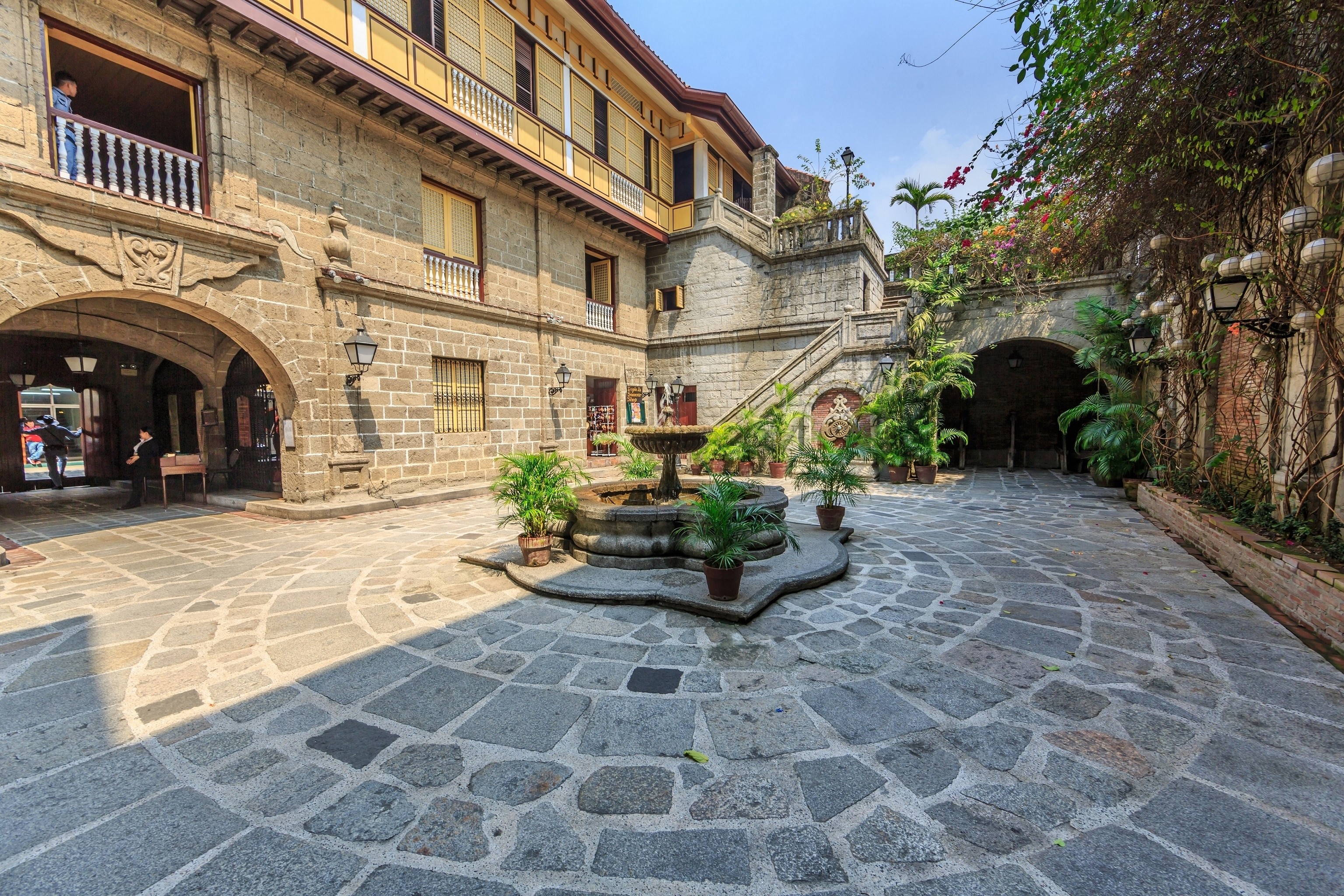 Casa Manila Museum
Casa Manila Museum
Navigating Your Philippine Adventure with SIXT.VN
Planning a trip to the Philippines can seem daunting, but SIXT.VN is here to make your journey seamless and stress-free. We offer a range of services tailored to meet your needs:
- Personalized Itinerary Planning: Our travel experts can create a customized itinerary based on your interests and budget.
- Airport Transfers: Enjoy a hassle-free arrival with our reliable airport transfer services.
- Hotel Booking: Choose from a wide selection of hotels to suit your budget and preferences.
- Tour Packages: Explore the Philippines with our curated tour packages.
- Flight Booking: Find the best deals on flights to the Philippines.
Let SIXT.VN be your trusted partner in creating an unforgettable Philippine adventure. Contact us today to start planning your dream trip.
Address: 260 Cau Giay, Hanoi, Vietnam
Hotline/Whatsapp: +84 986 244 358
Website: SIXT.VN
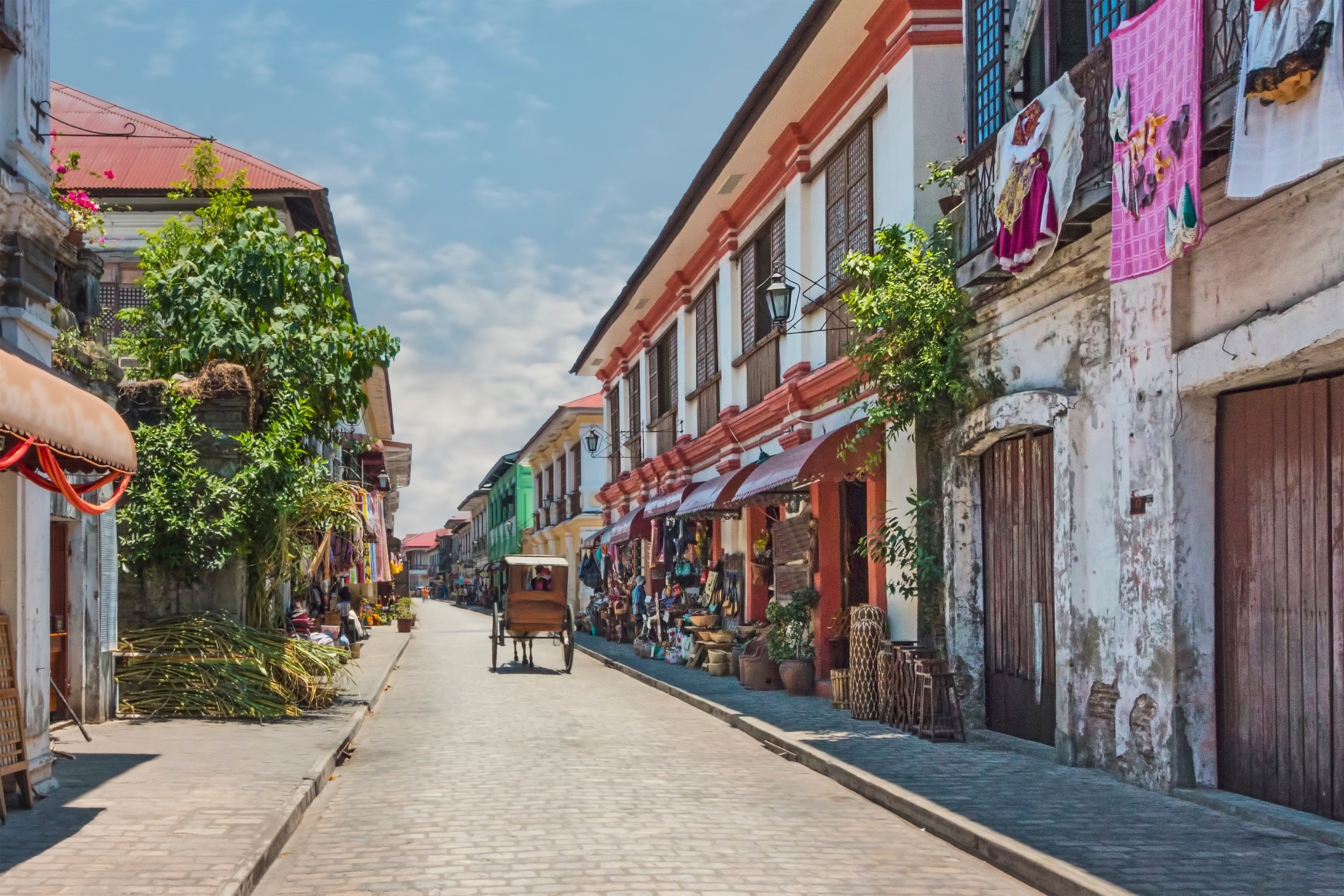 Vigan, Philippines
Vigan, Philippines
Ready to explore the Philippines? Discover the beauty and adventure that await you with SIXT.VN. Visit our website or contact us today to start planning your dream trip!
FAQ: Your Questions About Tourism in the Philippines Answered
1. Is the Philippines a good place for tourists?
Yes, the Philippines is an excellent destination for tourists. It offers a diverse range of attractions, including stunning beaches, historical sites, vibrant culture, and delicious cuisine. According to TripAdvisor, many travelers praise the Philippines for its natural beauty and warm hospitality.
2. What is the best month to go to the Philippines?
The best months to visit the Philippines are from December to April, during the dry season. These months offer sunny weather and low humidity, making it ideal for beach vacations and outdoor activities.
3. How much money do I need for a week in the Philippines?
The amount of money you need for a week in the Philippines depends on your travel style and preferences. On average, budget travelers can expect to spend around $30-50 per day, while mid-range travelers may spend $70-150 per day, and luxury travelers can spend $150+ per day.
4. What language do they speak in the Philippines?
The official languages of the Philippines are Filipino and English. Many Filipinos also speak Tagalog and other regional languages.
5. What is the most popular food in the Philippines?
Some of the most popular foods in the Philippines include adobo (meat stewed in soy sauce, vinegar, garlic, and peppercorns), sinigang (sour soup with meat and vegetables), lechon (roasted pig), and halo-halo (a dessert with shaved ice, sweet beans, fruits, and ice cream).
6. Is tap water safe to drink in the Philippines?
Tap water in the Philippines is generally not safe to drink. It’s recommended to drink bottled water or use a water filter.
7. What should I wear in the Philippines?
You should wear lightweight and breathable clothing in the Philippines due to the tropical climate. Pack shorts, t-shirts, swimwear, and a light jacket or sweater for cooler evenings. When visiting religious sites, dress modestly.
8. How do I get around in the Philippines?
You can get around the Philippines using a variety of transportation options, including flights, ferries, buses, jeepneys, taxis, and tricycles. Flights and ferries are the most convenient ways to travel between islands, while buses and jeepneys are more affordable options for getting around cities and towns.
9. Are credit cards widely accepted in the Philippines?
Credit cards are widely accepted in major cities and tourist areas in the Philippines. However, it’s a good idea to carry cash when traveling to smaller islands or more remote areas.
10. What are some must-see attractions in the Philippines?
Some must-see attractions in the Philippines include Boracay’s White Beach, Palawan’s El Nido and Puerto Princesa Underground River, Cebu’s historical sites and Kawasan Falls, Manila’s Intramuros, Bohol’s Chocolate Hills and tarsiers, and Siargao’s surfing spots.
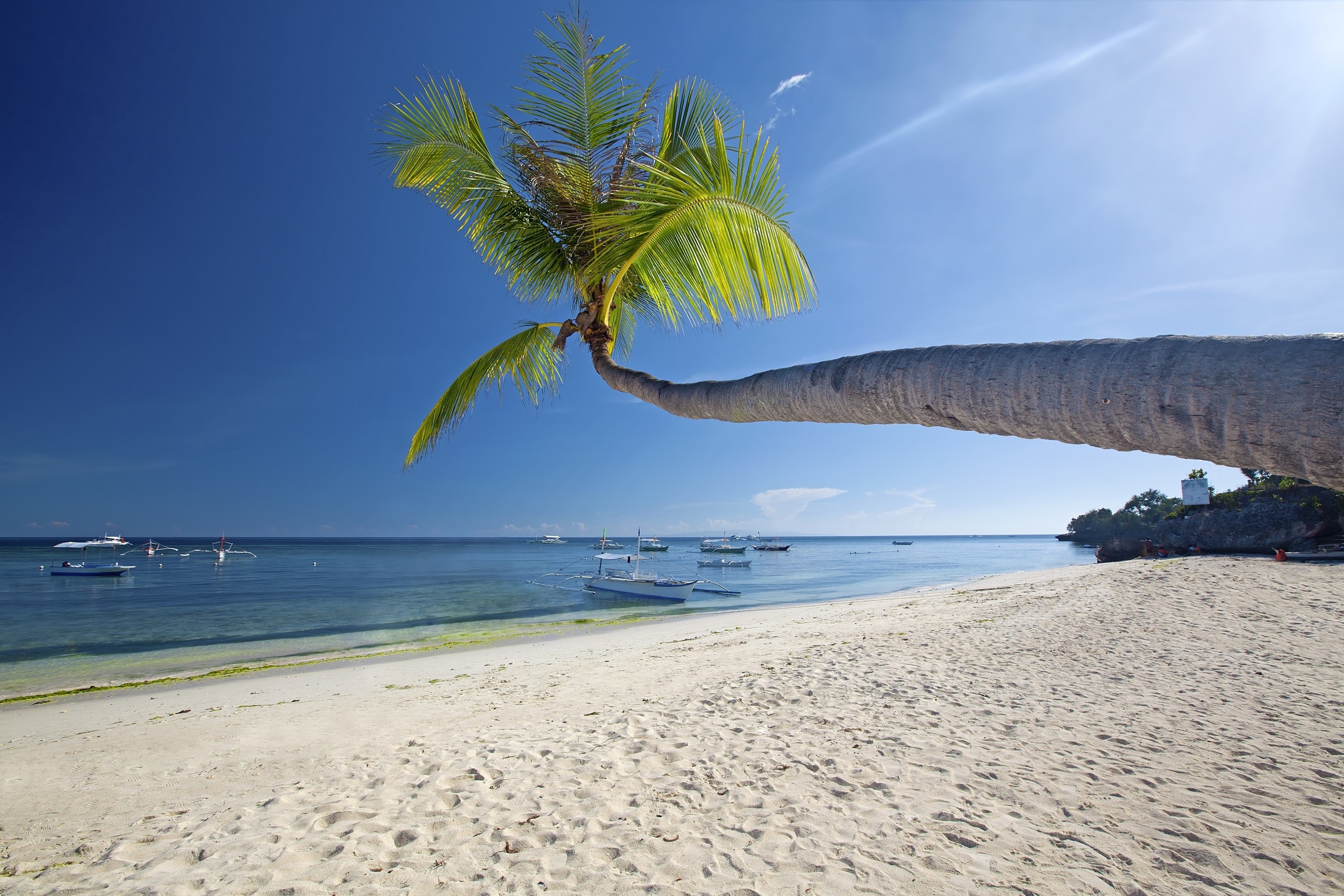 the beautiful beach on Panglao Island, Bohol
the beautiful beach on Panglao Island, Bohol
Conclusion: Embrace the Wonders of the Philippines with Confidence
Tourism in the Philippines offers an unparalleled adventure filled with breathtaking landscapes, vibrant culture, and warm hospitality. By understanding the unique aspects of Filipino tourism, planning your itinerary carefully, and being mindful of local customs, you can ensure a safe and memorable trip. And with SIXT.VN, your journey becomes even smoother and more enjoyable.
From the moment you arrive, we’re dedicated to providing you with top-notch services, including convenient airport transfers, comfortable accommodations, and expertly guided tours. Whether you’re seeking relaxation on pristine beaches, thrilling water sports, or immersive cultural experiences, SIXT.VN is your trusted partner in unlocking the wonders of the Philippines.
Don’t just dream about your Philippine getaway – make it a reality with SIXT.VN. Visit our website or contact us today to start planning your personalized adventure. Let us take care of the details, so you can focus on creating unforgettable memories in this captivating archipelago. The Philippines is calling, and SIXT.VN is here to answer!
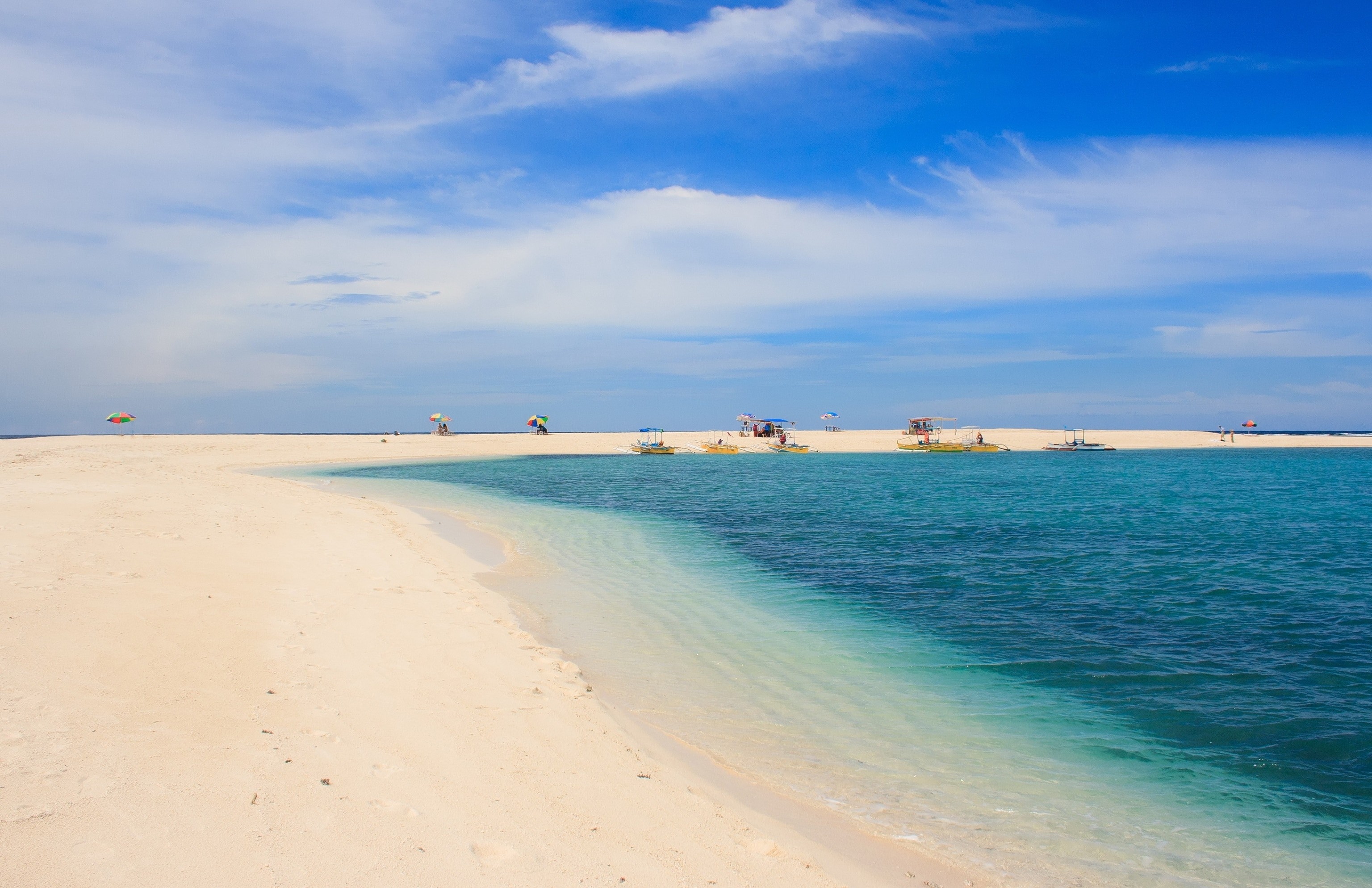 White island, Camiguin island, Philippines.
White island, Camiguin island, Philippines.
Ready to experience the best of the Philippines? Trust SIXT.VN to guide you every step of the way. Book your adventure today and discover the magic of this incredible destination!
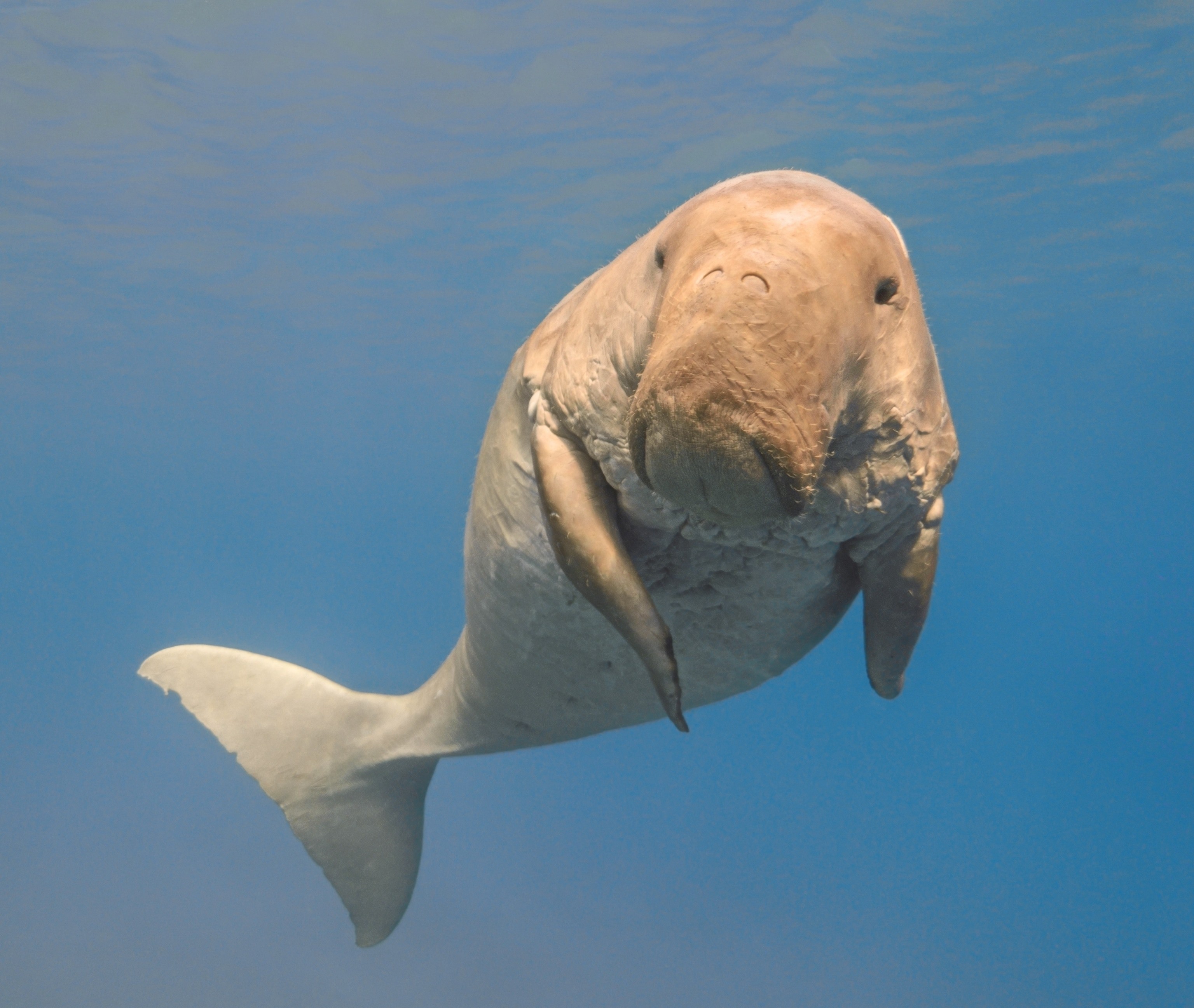 dugong (seacow or sea cow) swimming in the tropical sea water.
dugong (seacow or sea cow) swimming in the tropical sea water.
 colorful Coral Reef with Schools of Fish against Blue Water, Pescador Island, Philippines
colorful Coral Reef with Schools of Fish against Blue Water, Pescador Island, Philippines
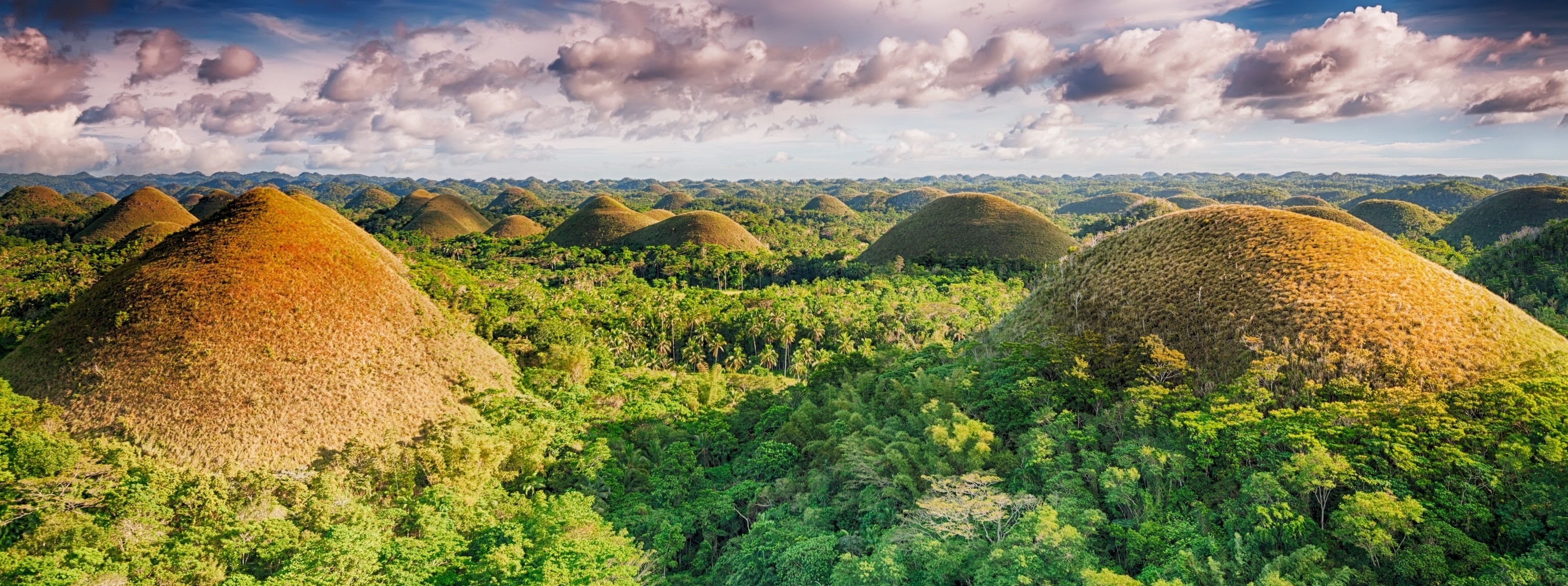 Panorama of The Chocolate Hills. Bohol, Philippines
Panorama of The Chocolate Hills. Bohol, Philippines
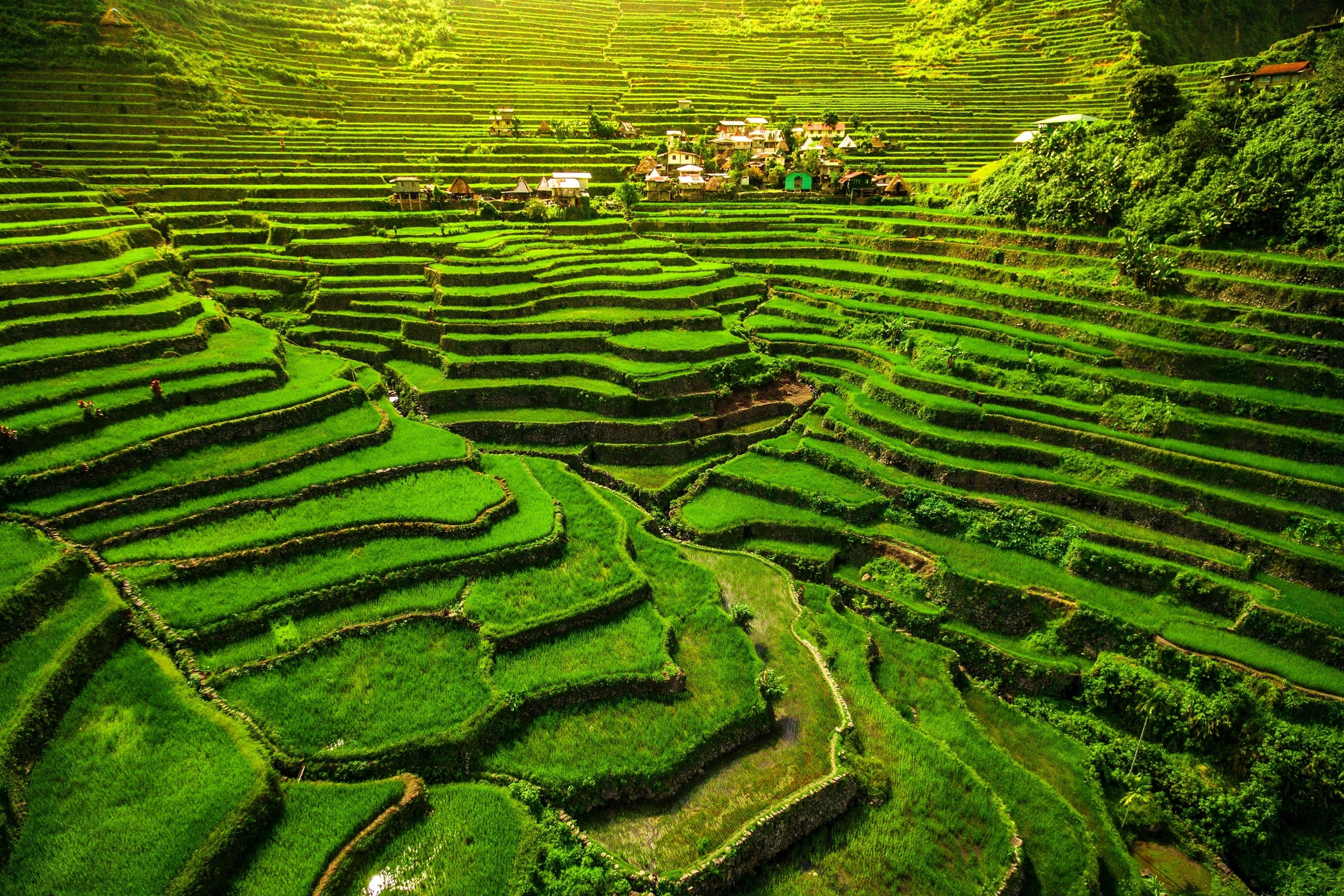 world heritage Ifugao rice terraces in Batad, northern Luzon, Philippines.
world heritage Ifugao rice terraces in Batad, northern Luzon, Philippines.
 giraffes on savannah, Calauit safari park, Busuanga, Palawan, Philippines.
giraffes on savannah, Calauit safari park, Busuanga, Palawan, Philippines.



